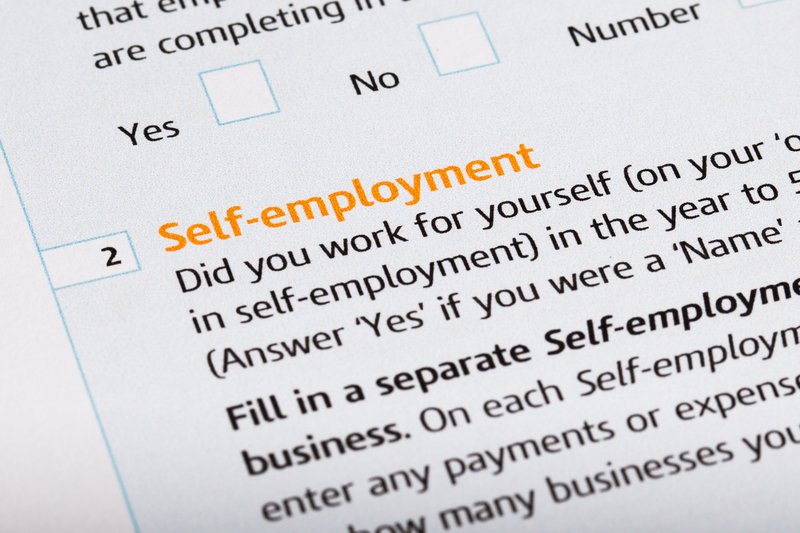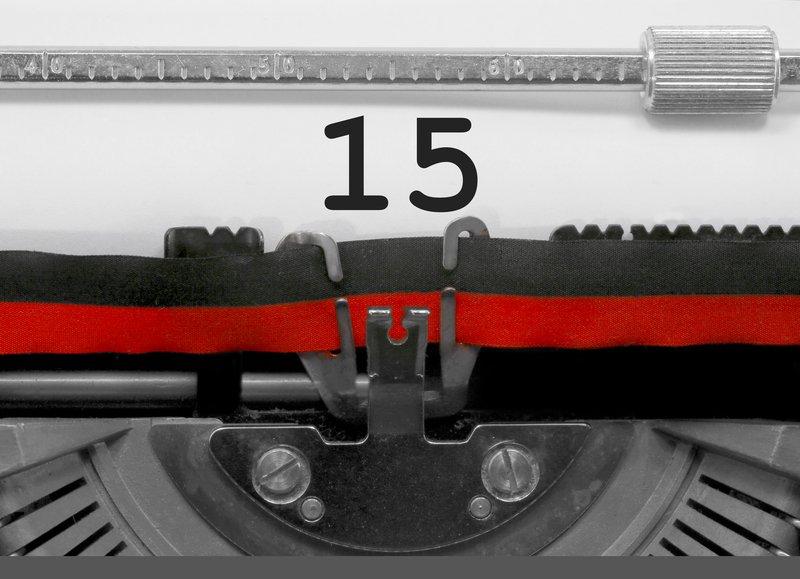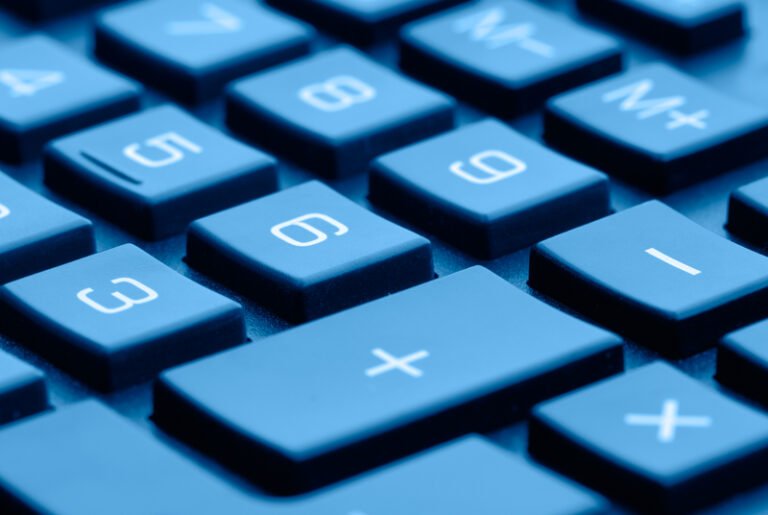In this guide, we look at the taxes the self-employed pay and some common mistakes to avoid when dealing with HMRC.
Before you start up in business, one of the first decisions you make is which business structure to trade under.
The most popular options are setting up your own limited company or working as a sole trader.
It is an important decision that is influenced by your personal situation and long-term plans for your business.
This guide has been updated for the 2025-26 tax year
Sole trader tax vs. limited company tax
One of the most fundamental differences between the two business structure types is how each is taxed.
A limited company is taxed as a separate legal entity from its owners and directors.
Sole traders (and partners in partnerships) and their business are taxed as one single entity.
Limited companies pay Corporation Tax on their annual profits. Company directors also complete an annual self assessment return to cover income they receive from all sources during the tax year.
All self-employed people (sole traders and partners in a partnership) are taxed annually via self-assessment.
They pay income tax and National Insurance Contributions on their business profits after deductions for expenses.
Registering as self-employed
It is very quick and easy to register as self employed.
For full details of what the process involves, read these useful guides;
Self Assessment Tax Returns
Free Tide Business Bank Account - £50 Cashback!

Open a free business current account to qualify + enjoy 12 months free transactions. Read our Tide review.
After registering as self-employed, you should automatically receive a self-assessment reminder following the end of each tax year, which runs from 6 April to 5 April every year.
The days of submitting a paper tax return are almost behind us. HMRC stopped sending out paper returns to the under 70s from April 2023 onwards.
You can submit your return online, or ask an accountant to do this for you.
Find out more at HMRC’s Self Assessment Online.
The deadline for submitting a return online is 31st January after the end of the tax year you’re accounting for.
For example, for the tax year running from 6th April 2024 to 5th April 2025, you will have until 31st January 2025 to submit it.
Importantly, note that you need to pay any tax liabilities you owe by the same 31st January deadline.
When completing your return, make sure you avoid these 10 Common self assessment tax return mistakes.
Payments on account
Once you have started to pay tax through the annual self assessment tax system, you also have to make ‘payments on account’.
These are advance payments for the tax you are likely to owe for the current tax year, based on the tax you owe in the previous year.
Payments on account are payable to HMRC in two installments every year; the first is on 31st January and the second is on 31st July. Each payment equals half the tax you owe for the previous tax year.
If you are paying tax via self assessment for the first time, you need to watch out as this might make your first tax bill much higher than you were expecting.
Take this into account and put aside enough money to cover your tax bills when they are due. If you are late in filing your tax return or paying your tax, HMRC will fine you. The fines start from £100 if you file late.
If you believe your income for the following tax year will be significantly lower, you can apply to HMRC to reduce your payments on account.
Payments on account – an example
If you started your business in May 2024, you need to complete a self assessment tax return for the tax year from 6th April 2024 to 5th April 2025.
You need to complete the tax return for this period and pay any tax you owe to HMRC by 31st January 2026.
In addition to your tax bill for 2024/25, you will also need to pay the first payment on account for the 2025/26 tax year by the same date.
If your self assessment tax bill for 2024/25 was £10,000, you will need to pay this, plus an additional £5,000 payment on account (half of the tax owed for the previous tax year) for the 2025/26 year by the same 31st January 2026 deadline.
You will also have to pay a second payment on account of £5,000 by July 31st 2026.
Sole trader tax – how much will I pay?
For the 2025/6 tax year, the personal allowance remains £12,570. This is the amount you can earn before paying any income tax at all.
For income in 2025/26 above this threshold, you are taxed as follows:
- The Basic Income Tax rate of 20% on income between £12,571 and £50,270
- The Higher Income Tax rate of 40% on income between £50,271 and £150,000
- The Additional Income Tax rate of 45% on income over £125,140.
For ideas on how to pay less tax, read; 10 Ways small business owners can pay less tax
Try our sole trader tax calculator to calculate your tax bill for the 2025/26 tax year.
National Insurance Contributions (NICs)
In addition to income tax, as a sole trader, you also need to make National Insurance Contributions (NICs). The amount you have to pay depends on the level of your earnings.
There are currently two types of NICs sole traders have to pay.
Class 2 and Class 4 NICs
Class 2 NICs – £3.50 per week – are now voluntary.
If your profits are above £6,845, Class 2 NICs are deemed to have been paid already, and you don’t need to make any voluntary contributions.
However, if your annual profits are £6,845 or less, you should pay Class 2 NICs to ensure the current tax year counts towards your State Pension entitlement.
Class 4 NICs are based on your business’s profit: 6% on your earnings between £12,570 and £50,270 and 2% on any profits above this.
HMRC will calculate the amount of Class 4 NICs you are liable for at self assessment time.
Other types of tax – VAT
The self-assessment process will take care of most of your tax obligations. It includes details of any income you have received from savings and investments, asset disposal, or property rental.
If your business’s turnover is more than £90,000 (2025/26) over a 12-month period, you must also register for Value Added Tax (VAT).
When you are VAT-registered, you must add VAT to all your bills. You can also reclaim the VAT you have paid on business costs.
In some circumstances, it may be beneficial to register your business for VAT, even if your turnover is below the VAT threshold.
This is usually the case if most of your clients are business customers who can reclaim the VAT you charge them.
Get more detailed help on VAT in;
- ByteStart’s 60-second guide to Value Added Tax (VAT) for start-ups and small businesses
- 21 Costly VAT Mistakes businesses make on their VAT Return
Open a separate business bank account
There is no legal requirement for the self employed to have a separate business bank account. But there are some good reasons to do so.
Having a separate account helps keep accurate records and split your business and personal spending.
Even if you want to use your personal bank account for business purposes, many banks will prevent you from doing so if the number of transactions increases significantly.
Most high street banks offer 12 to 18 months of free banking for a new business.
After this, you’ll typically be charged a monthly account fee of around £6.50/month for a business current account, plus transaction fees.
Read our guide to choosing a sole trader bank account.
These days, there are plenty of alternatives to the high street names. And often they offer completely free banking.
Tide business account – £50 cashback
As a Bytestart visitor, you can take advantage of an excellent promotion running for a limited time.
Simply open a Tide business account, and you will qualify for £50 cashback – even if you use it as a secondary account.
Keep accurate financial and business records
Aside from managing your business cash flow, keeping clear and accurate records of all your sales and expenses is crucial to the survival of your new business.
Keep all your receipts, invoices, bank statements, and other paperwork in a safe place.
Find out how long you have to keep your business records here.
Online accounting software is a big help
These days, online accounting software can massively simplify the financial side of things and save you time.
Most include a facility to create and send invoices, track payments, link directly to your bank account, log expenses and automatically calculate your VAT.
Some online accounting packages provide free trials so you can try them out and see whether they suit you and your business. This includes our software of choice (we’ve used it for over ten years) – FreeAgent.
Our guide on choosing the best online accounting software explains how online accounting works in practice.
Remember to get professional advice from a qualified person before taking any action. Don’t rely purely on the information contained in this article.










